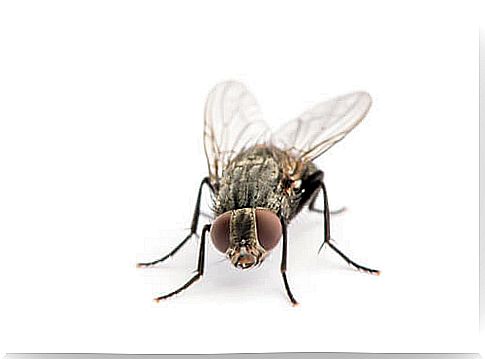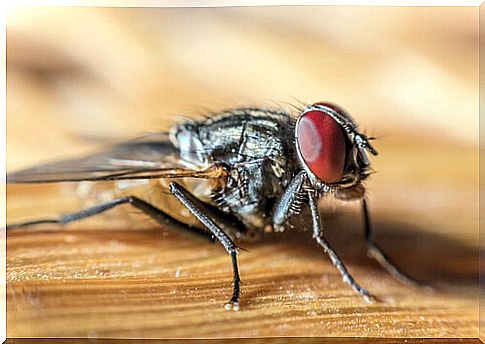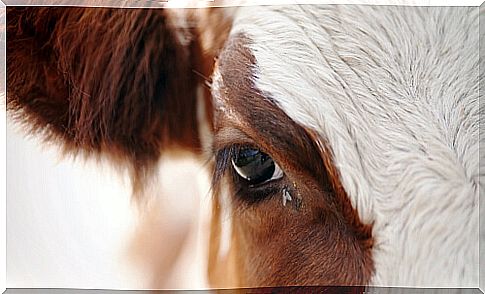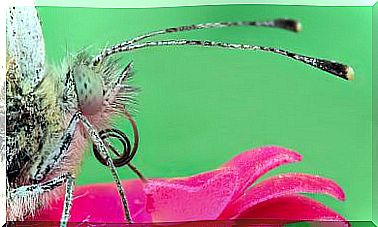The Life Cycle Of The House Fly

The house fly ( Musca domestica ) is one of the most commonly recognized and widespread insects throughout the world. Because garbage and human feces are their preferred source for larval development, house flies are more associated with urban areas. Preferred sites for larval development are garbage containers, manure, and mammalian slaughterhouses.
A complete metamorphosis
The life cycle of the house fly has four stages: egg, larva or worm, pupa and adult. House flies have an incredible ability to reproduce, however their lifespan is usually short.
House flies reproduce at an extremely high rate relative to other species of flies. In fact, they can complete their life cycle in just 10 days, so there can be up to 12 generations in a summer.
It all starts with the egg
Females lay white, oval eggs on wet animal feces, droppings and garbage, preferably exposed to light. Approximately, a female lays 500 eggs in her lifetime.
The female will lay these eggs in 5 to 6 batches of 75 to 150 eggs over the course of three to four days. The eggs take between eight and 20 hours to hatch.

The larval stage
Once the eggs hatch, the larvae dig into the feces with their two mouth hooks and absorb the nutrients from the material. There, they progress in the first of the three larval stages. During this part of the fly’s life cycle, the larvae are also known as maggots or imagos.
The worms grow rapidly and must molt before each larval stage. Each one lasts from three days (in temperate temperatures) to eight weeks (in colder climates). Fully developed larvae are 1.2 to 1.3 centimeters long and yellowish-white. Their bodies are smooth and shiny.
The pupa of the house fly
The larval stage is followed by the pupa. After their third molt, the larvae will burrow deep into the substance they have been feeding on. The larvae prefer pig, horse, and human feces to cow feces.
Then, in the pupal stage, their skins will darken and harden. Within this protective shell, the insect will fully develop the body segments and appendages of an adult house fly.
The only visible addition to the emerging house fly is a swollen bump on its head, which is used to break the shell. Since the house fly does not have teeth or jaws to chew, it uses this fluid-filled pouch to break through the pupae shell. Once it fully emerges, the lump disappears.
The adult stage of the house fly
After this process, the new adult housefly emerges, and has a maximum of three months to reproduce before dying. With so many predators, the average lifespan of a house fly is usually even shorter – 21 days.

The house fly and forensic investigation
It is interesting to know that the house fly has legal, medical and veterinary importance. In fact, they are often the first to colonize a corpse, often within minutes of exposure, if allowed access to a body. Adults feed on bodily secretions, including blood, and pregnant females quickly lay their eggs on the carcass.
Eggs are known to hatch in a time dependent on temperature. Thus, taking advantage of these temporary courses, the police or forensic entomologists can collect these specimens, and use them to calculate the postmortem interval (PMI) of a body.
A world of utility
Although the house fly may seem disgusting to us, it is important to remember its crucial role in the ecosystem. They are tireless workers in the decomposition and recycling of organic material. It is for this reason that house flies are inextricably linked to humans, urban areas and the high densities of waste we generate.









